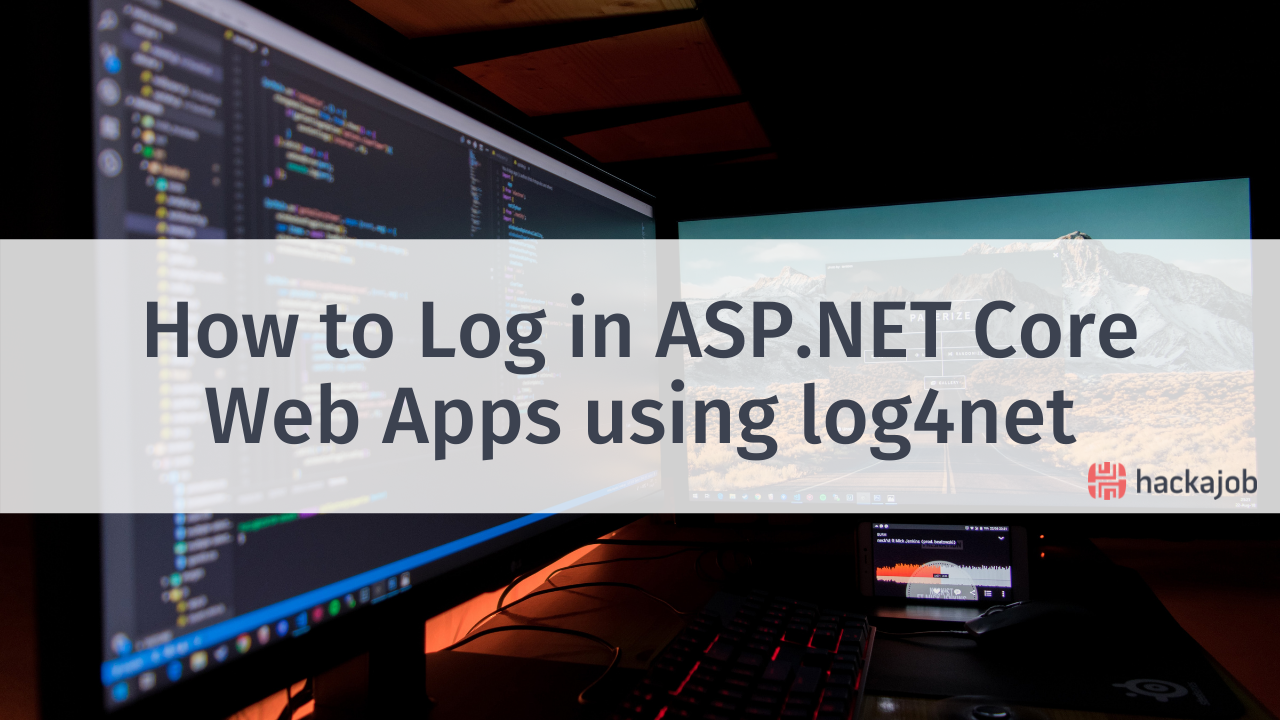This is a guest blog by BT, who are currently hiring via hackajob.
In 2013 Dr Chris Harding, Director for Interoperability and Service Oriented Architecture at The Open Group, likened a local database to the aircraft of the pioneers of aviation. His insistence that we “must develop standard cloud metrics and ROI models, so that [business managers of a modern enterprise] can have instruments to measure success” felt no less essential eight years ago than it does today.
Many businesses, however, have yet to make the switch. Even in the context of the pandemic which has accelerated the shift towards remote operations, only three in five companies had moved to cloud by the end of 2020. The market opportunity for technology businesses to guide their clients in this transformation, then, is substantial - not least as the need for a multi cloud strategy is becoming ever more critical.
BT is clear in its ambition. We connect for good, and the shift to a multi-cloud environment predicates that mission. We have been open about our plans to enhance our cloud capability as BT pivots to growth over the coming financial year. Not only is this integral to our evolution from telco to technology business and industry disruptor, it is also a matter of national importance. We are building the critical national infrastructure for our great nation on a platform, of which some really key technologies are being built in Manchester.
We exist in a time of convergence in which the worlds of software and networks are merging. More and more, the networks of today are becoming software-centric and the boundaries between the two are disappearing, creating a need for a new set of skills. We need to grow and develop the capability of our people to drive cutting edge development and navigate this change.
BT is a global business, with over 105k employees. We operate at scale and are continually evolving and adapting. We cannot navigate this transformation by developing and retraining our colleagues alone, however. We need to bring in the best talent, we need to grow. We are looking, right now, at all levels of engineer and are actively recruiting to build out the capability we require – engineers who double in network development and software development equally.
While attracting this capability is integral to delivering our strategy, it will need to be nurtured as much as it is acquired. Whether through sponsored degrees with local universities, bespoke graduate programmes and entry level opportunities, or whether it is through talented, experienced hires, our team is growing at pace. There has literally never been a better time to join BT.
Different types of cloud
There are multiple types of cloud – public, private, hybrid clouds and even multi-clouds. Most people are now familiar with the difference between public cloud and private clouds. A “public cloud” is a cloud service offered to multiple customers by a cloud provider such as Amazon Web Services (AWS), Microsoft Azure or Google Cloud Platform cloud. They are housed in large data centres around the globe and customers share computing services, accessed over the Internet. This means customers don’t need to worry about hardware, where it’s located or how it’s maintained. By contrast a private cloud is cloud service not shared with any other organisation – the private cloud user has the cloud all to themselves, making it far more secure. Both BT’s “telco” and “IT Clouds” are examples of private cloud.
The difference between telco Cloud and IT Cloud is perhaps less familiar. A telco cloud commonly refers to private cloud deployment within a telco or Internet Service Provider’s environment that host Virtual Network Functions (VNFs), utilising network functional virtualisation (NFV) techniques. An IT Cloud, on the other hand, is related to an enterprise workload.
Other than VNF functions that aren’t extensively employed in an enterprise cloud, there are several other differences. Telco clouds are very stringent on secured traffic flows and latency requirements. Delays need to be very low, in the scale of milliseconds for telco clouds, whereas on an IT cloud low latency requirements are not as strict. For this reason, telco clouds are usually distributed across a number of locations and are geographically close to the customers who will consume the services running on those clouds. For BT, we’ve used our major exchanges and mobile switch sites, and our IT cloud is consolidated in a small number of data centres.
On an IT cloud, internet based access is favoured. Meanwhile telco clouds prefer using dedicated links to deliver services. This means that you will find throughput on telco cloud very high and we need to deploy port speeds of 100g, whereas our IT cloud throughput requirements and port speeds may start from 10g. Finally, one of the biggest differences are the over subscription ratios. Telco clouds need a 1:1 ratio for CPU allocation, while IT clouds can bear stealing CPU’s across applications.
Evidently telco clouds and IT clouds are very different beasts, which means BT has had to build and support both.
Why did we go to all this trouble? Over the last decade, different vendors approached BT, keen to deliver software to us. Specifically, software that required a cloud computing environment to support it. As you can imagine, a business of BT’s age, scale and complexity would have meant that any configuration of such an environment would have required considerable customisation, and even then may not have been interoperable with all of our legacy systems and processes – of which there are many. This would have been compounded by high overhead costs to maintain those environments. So to ensure we had the level of customisation BT need to serve our customers effectively and affordably, we took the decision to build out the required capability ourselves. If this is why BT have built not one, but two private clouds. The next question, then, is “Why private”?
Telco Cloud
Our telco cloud (BT Network Cloud) exists for us to deliver our broadband and mobile networks which are used by critical national infrastructure around the UK such as nuclear power stations, electronic point of sale machines, telephony for the emergency services, waterways and ports, the ministry of defence and a wide range of other critical services and businesses without which the UK could not function. It just would not be palatable to run these networks using a public cloud environment so like many of our customers, we operate a private cloud for security reasons. Like BT, banks, intelligence agencies and a range of other businesses will always require an on-premise solution to protect and secure the core DNA of their platforms. Our IT Cloud, on the other hand, doesn’t actually need to be private anymore, therefore we are moving towards a more hybrid approach where many of our services will move to a public cloud solution.
BT’s telco cloud is a private cloud that is being deployed into our exchanges specifically to host NFV and network apps. It’s fair to say it follows a typical NFV Architecture and consists of:
1. VNF layer
The VNF are software applications that deliver network functions such as file sharing, directory services and internet protocol configurations. This is the key component of NFV architecture as it virtualises network functions such as routers, firewalls and DHCP, and removes the need for lots of dedicated proprietary hardware to run these services.
2. NFV infrastructure (NFVI) layer
The NFVI consists of the infrastructure components (compute, storage and networking) on a platform to support software or a container management platform needed to run network apps. It refers to hardware and software components which build up the environment where VNFs are deployed, managed and executed.
NFVI includes hardware resources, the virtualisation layer and virtual resources. BT’s telco cloud uses an open source cloud management solution called “openstack”, which needs to be supported by an open source distributor.
The scale of what we are deploying in BT is significant. Over the next two years we will have deployed 75 pods (pre-defined/integrated blocks of compute or storage nodes with an integrated network switch and a physical rack element), approaching 3500 servers, 600 - 700 switches, and we will have laid almost 5000km of DAC cables alone. Laid out in a single line, these would stretch almost to New York from Manchester!
3. Operation Support Systems (OSS) Layer
This deals with network, fault, configuration and service management in the same way it would with any standard platform. In BT’s telco cloud we use a combination of out of the box vendor solutions integrated with in-house developed solutions to provide monitoring and OSS journeys that are seamless across the telco cloud core infrastructure and customer environments.
4. Management, Automation and Network Orchestration (MANO) layer
The MANO is responsible for managing the NFV infrastructure and provisioning new VNFs. It manages all the resources in the infrastructure layer, creates and deletes resources and also manages their allocations of the VNFs.
Initially, BT underestimated the amount of infrastructure this would require, as well as the level of effort required in order to deploy. Subsequently, we are now have a significant of automation and large dedicated central tool hubs to implement to grow this capability as we mature further.
These factors combined, BT have over 30 vendors across Infrastructure Services, Bare Metal Provisioning, Virtual Infrastructure Manager, Security Services, CI/CD Tooling and Monitoring Services. Subsequently, building the BT Network Cloud has become a highly complex piece of systems integration that no single vendor could deliver. There is no off-the-shelf solution that we could purchase – so we’ve build the solution organically. BT have effectively become the service integrators, bringing everything together to create the end-to-end solution
This provides a single infrastructure to support all network located NFV, both core and per customer instances; clearly separating service and infrastructure to provide the agility to deploy services independently from physical infrastructure. Using commodity compute BT’s goal is to have all the services we offer (where appropriate) running on this platform – including our 5G network core.
Today BT’s telco cloud is built on the most reliable network in the UK, and whilst our current and delivery plans are all UK-based we plan to roll this out globally over time.
IT Cloud
BT has made substantial progress in developing our on-premise IT cloud and are implementing it in alignment with our public cloud. Over the last 12 months our focus has been to automate and streamline our on-premise capability, optimising customer journeys by making them faster, slicker and seamless, but will always be more we can do, and we have a challenging pipeline of development in plan to take our IT cloud to the next level.
We are building strategic data centres to deliver automation across the IT cloud order fulfilment journey to provide a best in class colleague experience, to accelerate service and deliver efficiencies in the process. Our goal is to make as many processes zero touch as possible, and reduce manual work simultaneously.
We are deploying an on-premise cloud native platform that will allow our developers to deploy applications in a public cloud-type experience which will enable us to become the platform of choice for container-based applications (software that can virtually package and isolate applications for deployment, and which can share access to an operating system without the traditional need for virtual machines) and really puts the control directly into the hands of our developers.
Fundamentally, IT developers are not concerned by where their applications are hosted. Their requirements are for ‘cloud native’ features, like containers. So the cloud native platform that we are building can be seen as a stepping stone into public cloud if they so choose to put their Apps there.
These enhancements are pivotal for BT as we partner our customers in their migration to cloud and to provide them with a cloud native experience so they really are front and centre in our business plan. In essence, BT are part way along a multi stage journey which is why our pivot to growth has come at a really opportune time for anyone looking to build their careers in BT’s cloud centre of excellence.
Working for BT
Looking for your next role in tech and loved reading about the amazing work from #teamBT? Find out more about how you could join their team by signing up to hackajob, where you could be potentially matched with BT.
Like what you've read or want more like this? Let us know! Email us here or DM us: Twitter, LinkedIn, Facebook, we'd love to hear from you.


